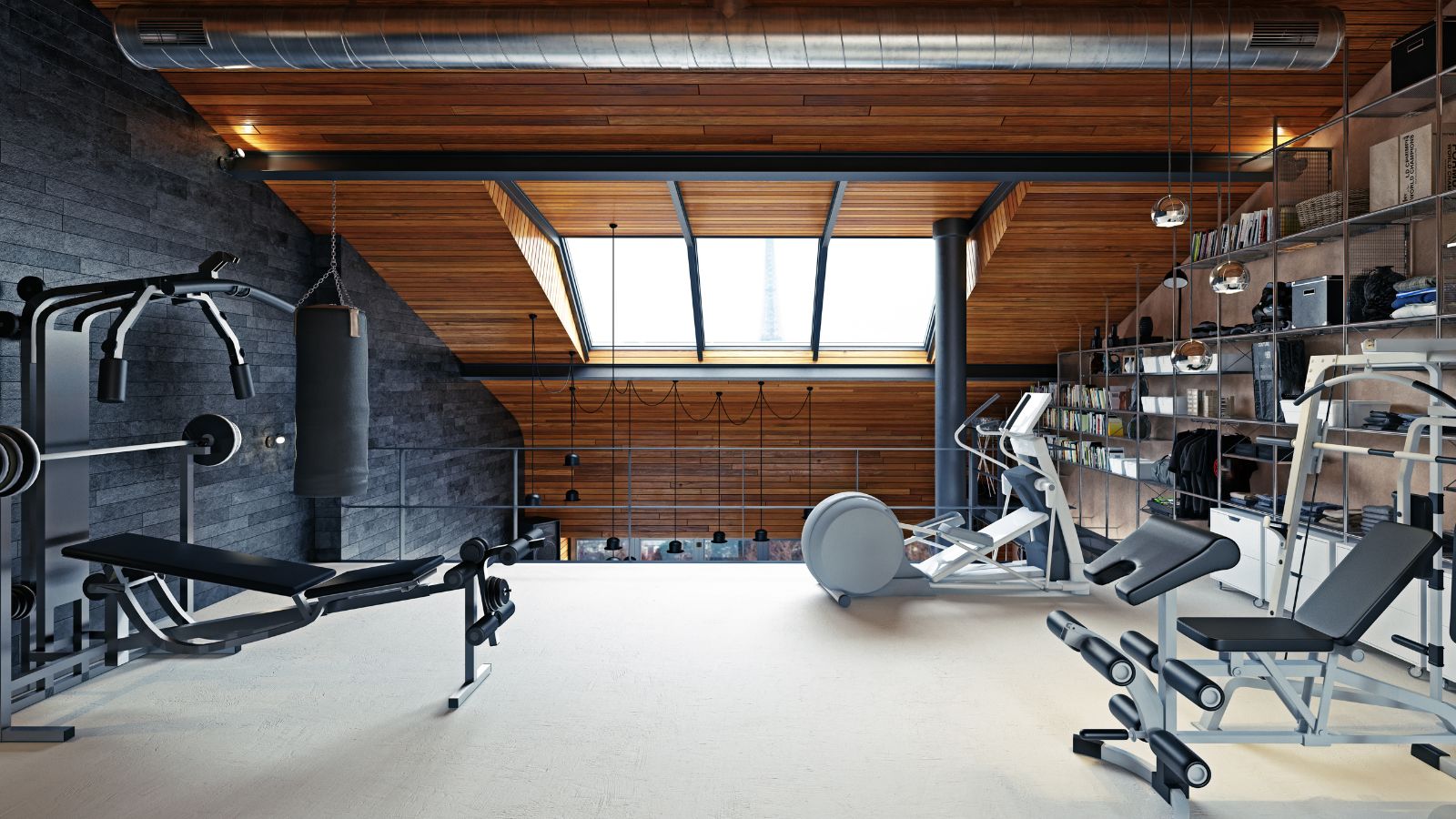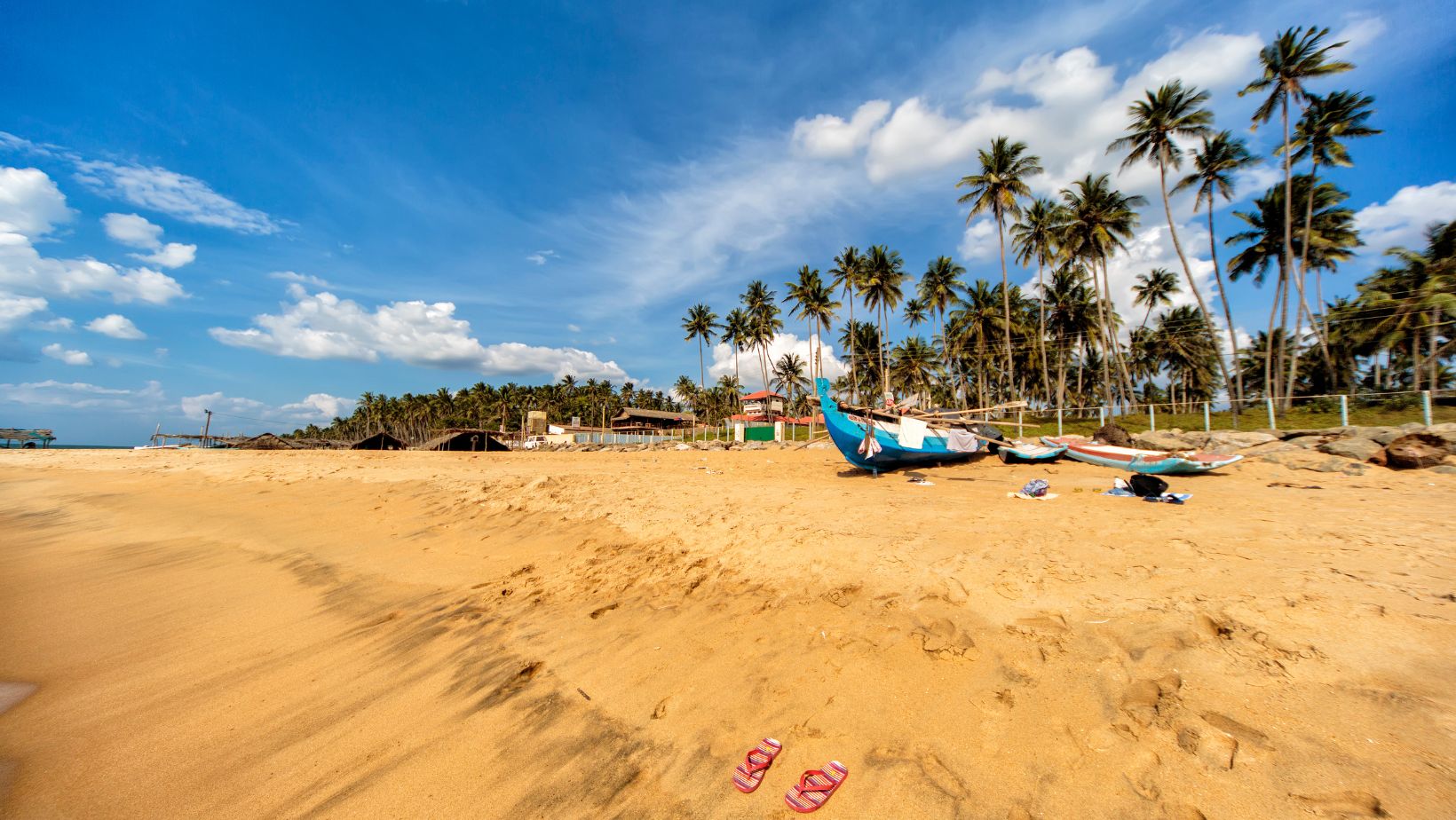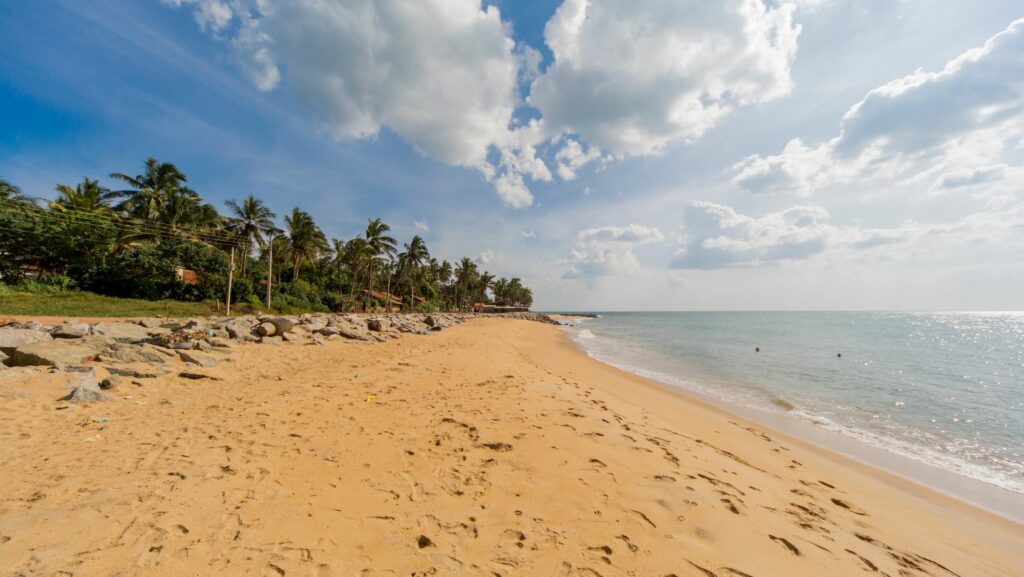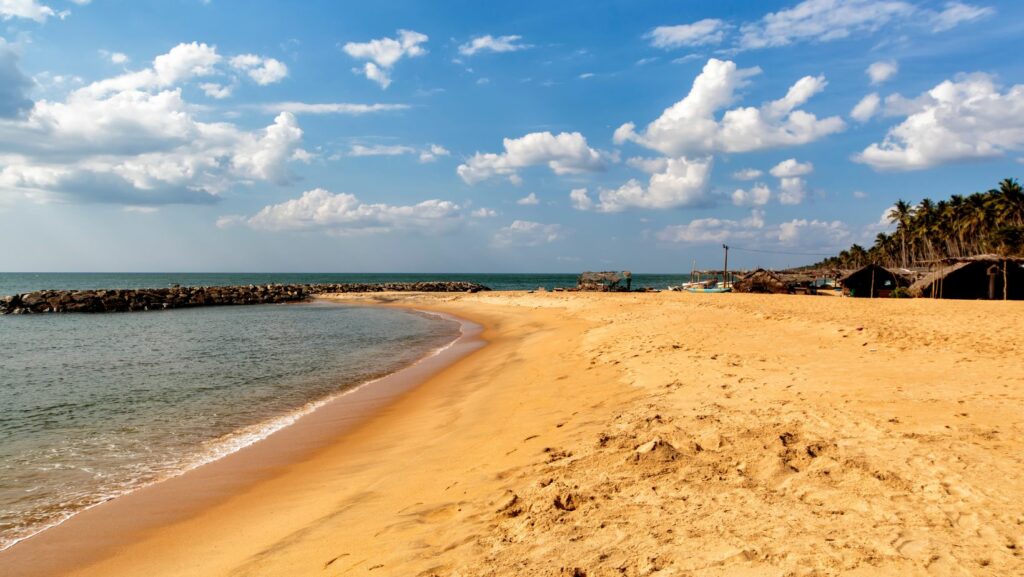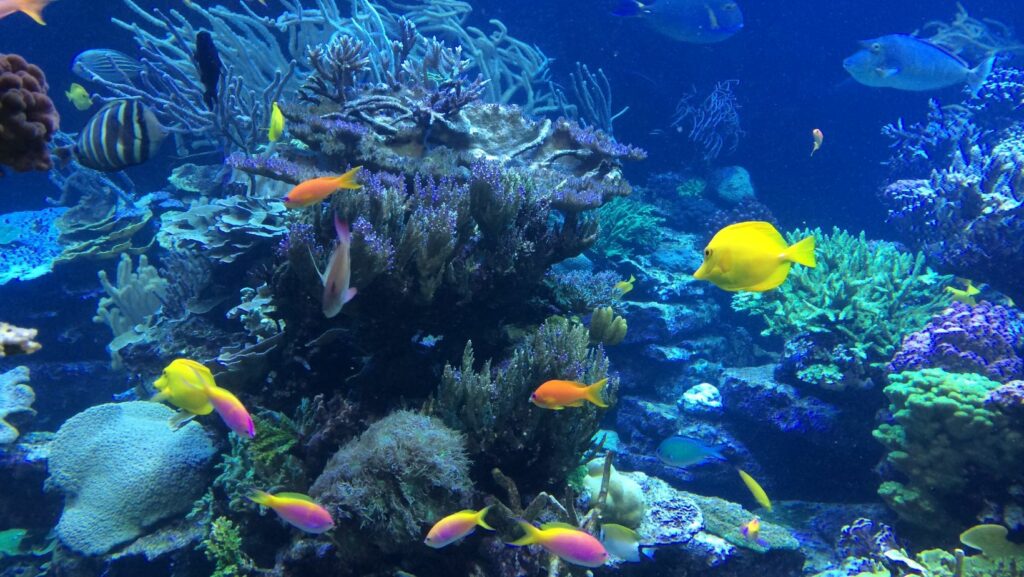In the fast-paced world of modern business, digital marketing has emerged as a game-changer. It’s become an essential tool for companies looking to expand their reach, boost visibility, and drive customer engagement. But what exactly are the channels of digital marketing, and how can they be harnessed to fuel business growth?
What are The Channels of Digital Marketing
In the vast landscape of digital marketing, numerous channels facilitate business growth. Each channel presents unique ways to build brand visibility and stimulate customer engagement.
Search Engine Optimization (SEO)
Search engine optimization, commonly known as SEO, aims to increase a website’s visibility on search engine results pages. By optimizing a website with well-researched keywords, a business can appear higher in organic search results. For instance, a local bakery would likely use keywords such as “best bakery near me” or “custom cakes in [city name]” to attract prospective customers looking for their offerings.
Content Marketing
Content marketing revolves around creating and sharing online material that doesn’t outright promote a brand but stimulates interest in its products or services. It may encompass blogs, videos, e-books, and infographics, among other forms. An athletics company, say, might publish blog posts or videos regarding fitness tips or exercise routines, thereby subtly promoting their sports equipment.
Social Media Marketing
Utilizing social media platforms like Facebook, Instagram, and Twitter constitutes social media marketing. Brands have opportunities to connect with their audience by sharing content, responding to queries, and fostering discussion. For example, a fashion brand might share photos of their new clothing line on Instagram and engage with followers’ comments, creating interest and fostering loyalty.
Pay-per-click (PPC) Advertising
Pay-per-click, known as PPC, involves advertisers paying a fee each time someone clicks on one of their ads. Primarily seen on search engines like Google or Bing, it’s a method of buying visits to a website, rather than attracting them organically. Suppose an online book store wants to garner quick traffic; they might resort to PPC advertising with ad copies like “50% off on all book genres – New Year Sale.”
Email Marketing
Email marketing involves sending tailored messages to a segmented audience or customers who have indicated an interest in a brand’s offerings. Regular newsletters, promotional emails, and transactional emails like order confirmations or password resets are all part of this. It’s not uncommon for an e-commerce company to send out emails alerting users about upcoming sales or to recommend products based on their previous purchases.
Affiliate Marketing
Affiliate marketing is a performance-based marketing channel where a business rewards one or more affiliates for each customer brought by the affiliate’s marketing efforts. Affiliates often promote products through their website, blog, or social media pages. Consider a beauty blogger who promotes a certain brand’s skincare product; when their followers purchase that product through their affiliate link, they receive a commission.
Mobile Marketing
Mobile marketing takes advantage of mobile technologies and focuses on reaching a target audience on their smartphones, tablets, or other mobile devices through websites, emails, apps, or social media. For instance, many restaurants use SMS marketing to alert customers of their daily specials or ongoing promotions, engaging them precisely where they spend much of their time.
Viral Effect
Digital marketing’s power lies in its diverse channels, each offering unique advantages. From SEO’s ability to drive traffic to content marketing’s customer engagement potential, businesses have a wealth of options. Social media marketing, PPC advertising, email marketing, affiliate marketing, and mobile marketing further expand this palette. It’s essential to remember that the best results come from aligning the chosen channels with the business’s goals, audience, and resources. The integration of these channels into a cohesive strategy is equally crucial. It’s about setting clear objectives, identifying KPIs, and ensuring the brand message remains consistent across all platforms. The success stories of Airbnb, American Express, and Domino’s Pizza underscore this point. They’ve shown how effective use of SEO, content marketing, and social media marketing can lead to remarkable business growth. So, it’s clear that the right digital marketing strategy can propel any business to new heights.
